Tech Industry
Latest about Tech Industry
-
-

Researchers discover that some biodegradable electronics produce microplastics as they degrade
By Jowi Morales Published
-
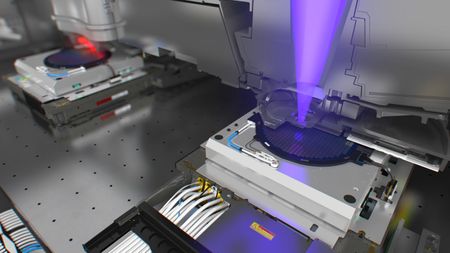 Premium
PremiumChina's reverse-engineered Frankenstein EUV chipmaking tool hasn't produced a single chip
By Anton Shilov Published
-

'Twas The Night Before Tom's Christmas 2025
By The Editors of Tom's Hardware Published
-

Trump administration announces new tariffs on Chinese chips and electronic components
By Bruno Ferreira Published
-

World’s oldest Bitcoin Mining Pool celebrates 15th anniversary, has mined 1,311,339 bitcoins worth $115 billion
By Mark Tyson Published
-
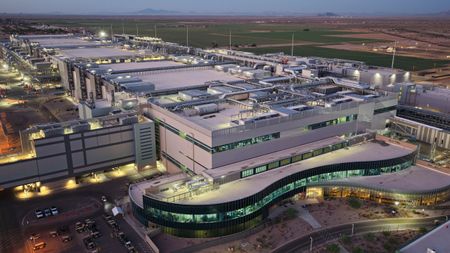
Intel's Fab 52 is bigger and better equipped than TSMC's Arizona facilities
By Anton Shilov Last updated
-
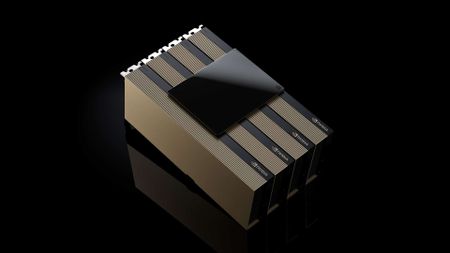
Nvidia prepares shipment of 82,000 AI GPUs to China as chip war lines blur
By Luke James Published
-
Explore Tech Industry
Artificial Intelligence
-
-

Turns out, AI can actually build competent Minesweeper clones
By Hassam Nasir Published
-

Nvidia-led NitroGen is a generalist video gaming AI that can play any title
By Mark Tyson Published
-

OpenAI's Stargate data center gets approval to receive 1.4 gigawatts of power in Michigan
By Jowi Morales Published
-

AI surpasses 2024 Bitcoin mining in energy usage, uses more H20 than the bottles of water people drink globally, study claims
By Jowi Morales Published
-
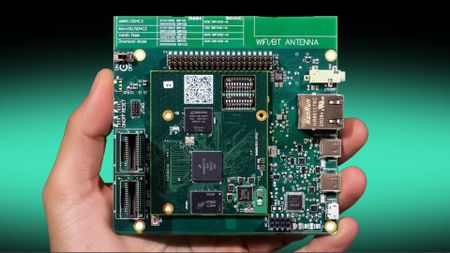
Dual-PCB Linux computer with 843 components designed by AI boots on first attempt
By Mark Tyson Last updated
-

Bernie Sanders calls for halt on AI data center construction
By Jowi Morales Published
-
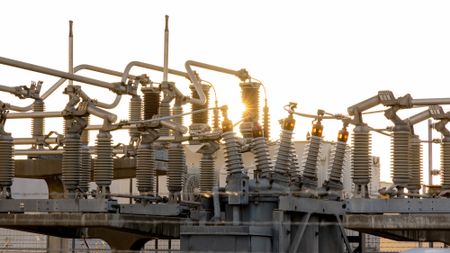
Elizabeth Warren, other U.S. senators concerned about big tech pushing up electricity costs
By Jowi Morales Published
-

Oracle reportedly delays several new OpenAI data centers because of shortages
By Anton Shilov Published
-
 Premium
PremiumMicrosoft, Google, OpenAI, and Anthropic join forces to form Agentic AI alliance, according to report
By Jon Martindale Published
-
Big Tech
-
-

Search pioneer AltaVista’s star shone bright with a clean and minimal UI 30 years ago
By Mark Tyson Published
-

Economic analysis of orbital data centers brings the idea down to Earth
By Bruno Ferreira Published
-

Cloudflare says it has fended off 416 billion AI bot scrape requests in five months
By Jowi Morales Published
-
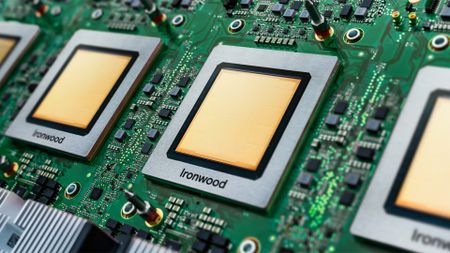
Nvidia says it’s ‘delighted’ with Google’s success, but backhanded compliment says it is ‘the only platform that runs every AI model’
By Jowi Morales Published
-

Trump administration touts Genesis Mission to try and win the AI race—White House compares scope of its initiative to the Manhattan Project
By Bruno Ferreira Published
-
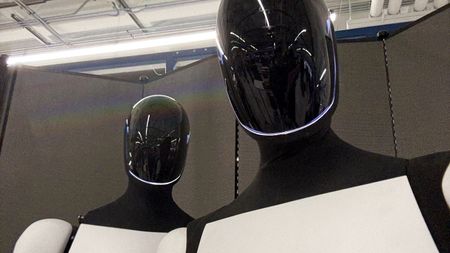
Elon Musk claims he will 'build chips at higher volumes ultimately than all other AI chips combined'
By Bruno Ferreira Published
-
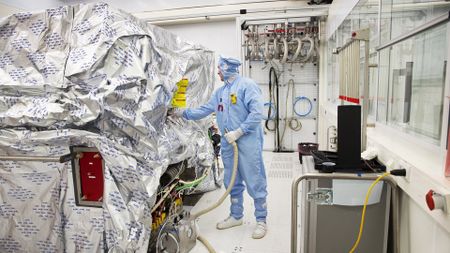
ASML allegedly offered to spy on China for the US
By Jowi Morales Published
-

Yesterday's global internet outage caused by single file on Cloudflare servers
By Jowi Morales Published
-

Apple and Broadcom job listings suggest potential Intel Foundry collaborations
By Aaron Klotz Published
-
Cryptocurrency
-
-

World’s oldest Bitcoin Mining Pool celebrates 15th anniversary, has mined 1,311,339 bitcoins worth $115 billion
By Mark Tyson Published
-

12 years ago an iconic whisky-fuelled rant coined the term HODL via a drunken mispelling
By Mark Tyson Published
-

North Korean hackers stole record $2 billion in crypto in 2025, including single heist worth $1.5 billion, report claims
By Jowi Morales Published
-

Bitcoin creator Satoshi disappeared on this day 15 years ago, leaving a final public message
By Mark Tyson Published
-

South Korean crypto exchange Upbit reports $30 million theft
By Jowi Morales Published
-

Hobbyist solo miner scores a full Bitcoin block worth $270,000 despite 1 in 180 million odds
By Luke James Published
-

Homeland Security thinks Chinese firm's Bitcoin mining chips could be used for espionage or to sabotage the power grid
By Jowi Morales Published
-

Bitcoin price plunges, wipes $1 trillion from value weeks after it hit all-time high
By Jowi Morales Published
-

Major Bitcoin mining firm pivoting to AI, plans to fully abandon crypto mining by 2027 as miners convert to AI en masse
By Jowi Morales Published
-
Cybersecurity
-
-

Interpol-led cybercrime crackdown results in 574 arrests in 19 African nations, decrypts six ransomware variants
By Kunal Khullar Published
-

Resideo sued by Nebraska AG over rebranding footage-leaking Chinese cameras
By Bruno Ferreira Published
-

1,000 computers taken offline in Romanian water management authority hack
By Bruno Ferreira Published
-

North Korean applicants flood Amazon
By Jowi Morales Published
-

French authorities arrest man for installing malware on a passenger ferry
By Luke James Published
-

North Korean infiltrator caught working in Amazon IT department thanks to lag
By Mark Tyson Published
-

Germany summons Russian ambassador over GRU-linked cyberattacks
By Luke James Published
-
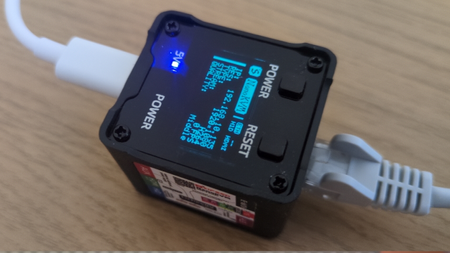
February report from researcher found Chinese KVM had undocumented microphone and communicated with China-based servers, but many of the security issues are now addressed [Updated]
By Luke James Published
-

Critical flaws found in AI development tools dubbed an 'IDEsaster'
By Luke James Published
-
Manufacturing
-
-

Researchers discover that some biodegradable electronics produce microplastics as they degrade
By Jowi Morales Published
-
 Premium
PremiumChina's reverse-engineered Frankenstein EUV chipmaking tool hasn't produced a single chip
By Anton Shilov Published
-

Trump administration announces new tariffs on Chinese chips and electronic components
By Bruno Ferreira Published
-

Intel's Fab 52 is bigger and better equipped than TSMC's Arizona facilities
By Anton Shilov Last updated
-

Nvidia prepares shipment of 82,000 AI GPUs to China as chip war lines blur
By Luke James Published
-
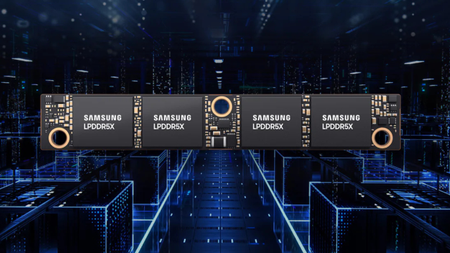
Ten former Samsung employees arrested for industrial espionage charges for giving China chipmaker 10nm tech
By Jowi Morales Published
-
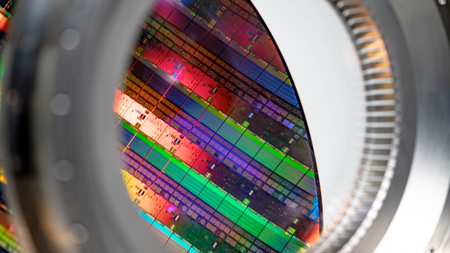 Premium
PremiumChinese fabs are reportedly upgrading older ASML DUV lithography chipmaking machines
By Luke James Published
-

Surprising biomedical application found for ASML’s chipmaking EUV lithography machines
By Mark Tyson Published
-
 Premium
PremiumSamsung introduces SOCAMM2 LPDDR5X memory module for AI data centers
By Luke James Published
-
Quantum Computing
-
-
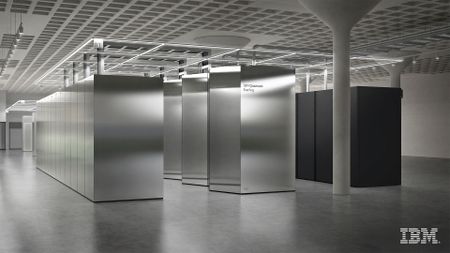 Premium
PremiumIBM and Cisco agree to lay the foundations for a quantum internet
By Luke James Published
-

New Chinese optical quantum chip allegedly 1,000x faster than Nvidia GPUs for processing AI workloads
By Aaron Klotz Published
-
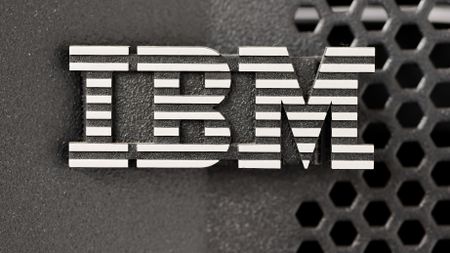
IBM's boffins run a nifty quantum error-correction algorithm on conventional AMD FPGAs
By Bruno Ferreira Published
-

Trump administration to follow up Intel stake with investment in quantum computing, report claims
By Anton Shilov Published
-
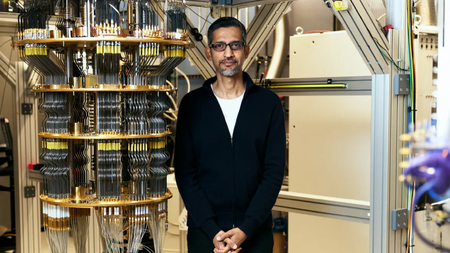
Google's Quantum Echo algorithm shows world's first practical application of Quantum Computing — Willow 105-qubit chip runs algorithm 13,000x faster than a supercomputer
By Bruno Ferreira Published
-
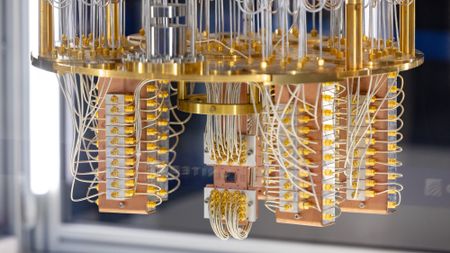
Harvard researchers hail quantum computing breakthrough with a machine that can run for two hours
By Jowi Morales Published
-

Quantum internet is possible using standard Internet protocol
By Sunny Grimm Published
-
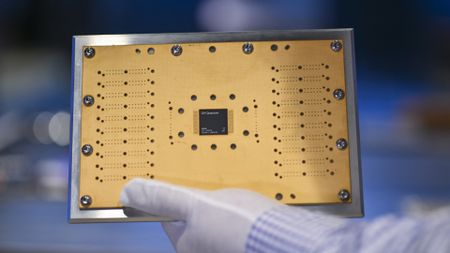
Quantum machine learning unlocks new efficient chip design pipeline
By Jon Martindale Published
-
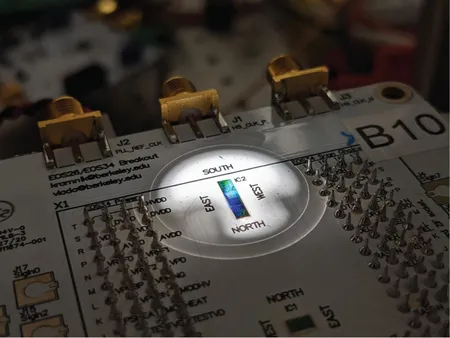
The world's first hybrid chip combining photonics and electronics with quantum computing is here, and it's built like a normal silicon SoC
By Hassam Nasir Published
-
Supercomputers
-
-

AMD and Eviden unveil Europe's second exascale system
By Anton Shilov Published
-

Nvidia to build seven AI supercomputers for the U.S. gov't with over 100,000 Blackwell GPUs
By Anton Shilov Published
-
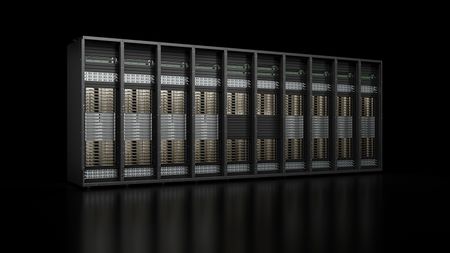
Nvidia unveils Vera Rubin supercomputers for Los Alamos National Laboratory
By Anton Shilov Published
-

U.S. Department of Energy and AMD cut a $1 billion deal for two AI supercomputers
By Bruno Ferreira Published
-

China's supercomputer breakthrough uses 37 million processor cores to model complex quantum chemistry at molecular scale
By Anton Shilov Last updated
-
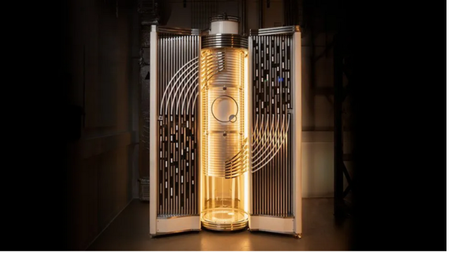
Start-up hails world's first quantum computer made from standard silicon
By Luke James Published
-

Nvidia GPUs and Fujitsu Arm CPUs will power Japan's next $750M zetta-scale supercomputer
By Hassam Nasir Published
-
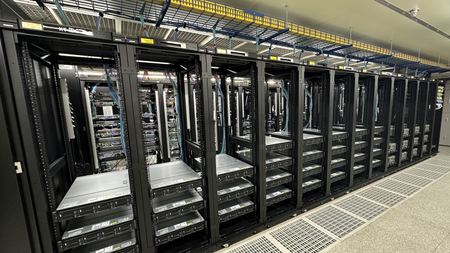
AMD's massive GPU VRAM on its Instinct cards has broken Linux's hibernation feature
By Hassam Nasir Published
-

AMD supercomputers take gold and silver in latest Top500 as Chinese HPC remains shrouded in secrecy
By Anton Shilov Published
-
Superconductors
-
-

New 3D printing process could improve superconductors
By Ash Hill Published
-
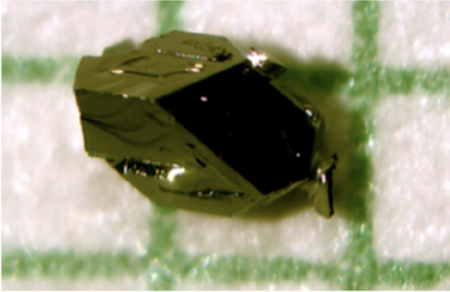
New research shows naturally occurring mineral is an 'unconventional superconductor' when purified
By Christopher Harper Published
-

New research reignites the possibility of LK-99 room-temperature superconductivity
By Francisco Pires Published
-
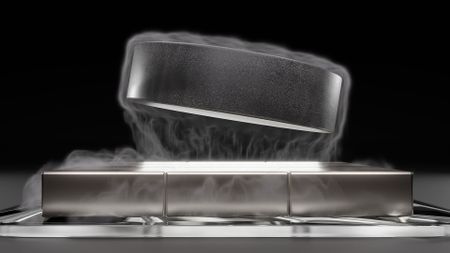
U.S. Govt and researchers seemingly discover new type of superconductivity in an exotic, crystal-like material
By Francisco Pires Published
-

Nature Retracts Controversial Room Temperature Superconductor Paper (But Not LK-99)
By Francisco Pires Published
-

What is a Superconductor?
By Francisco Pires Published
-

MIT's Superconducting Qubit Breakthrough Boosts Quantum Performance
By Francisco Pires Published
-

LK-99 Research Continues, Paper Says Superconductivity Could be Possible
By Francisco Pires Published
-

Is LK-99 a Superconductor After All? New Research and Updated Patent Say So
By Francisco Pires Published
-
More about Tech Industry
-
-

Nvidia prepares shipment of 82,000 AI GPUs to China as chip war lines blur
By Luke James Published
-

Ten former Samsung employees arrested for industrial espionage charges for giving China chipmaker 10nm tech
By Jowi Morales Published
-

U.S. FCC bans foreign-made drones from DJI, others
By Jowi Morales Published
-